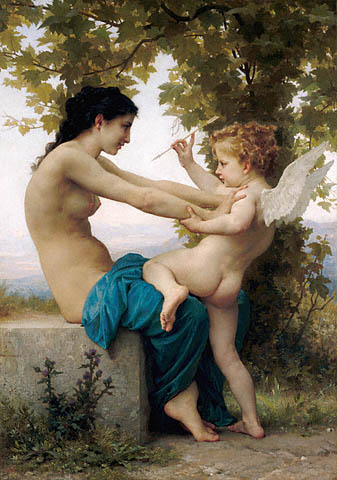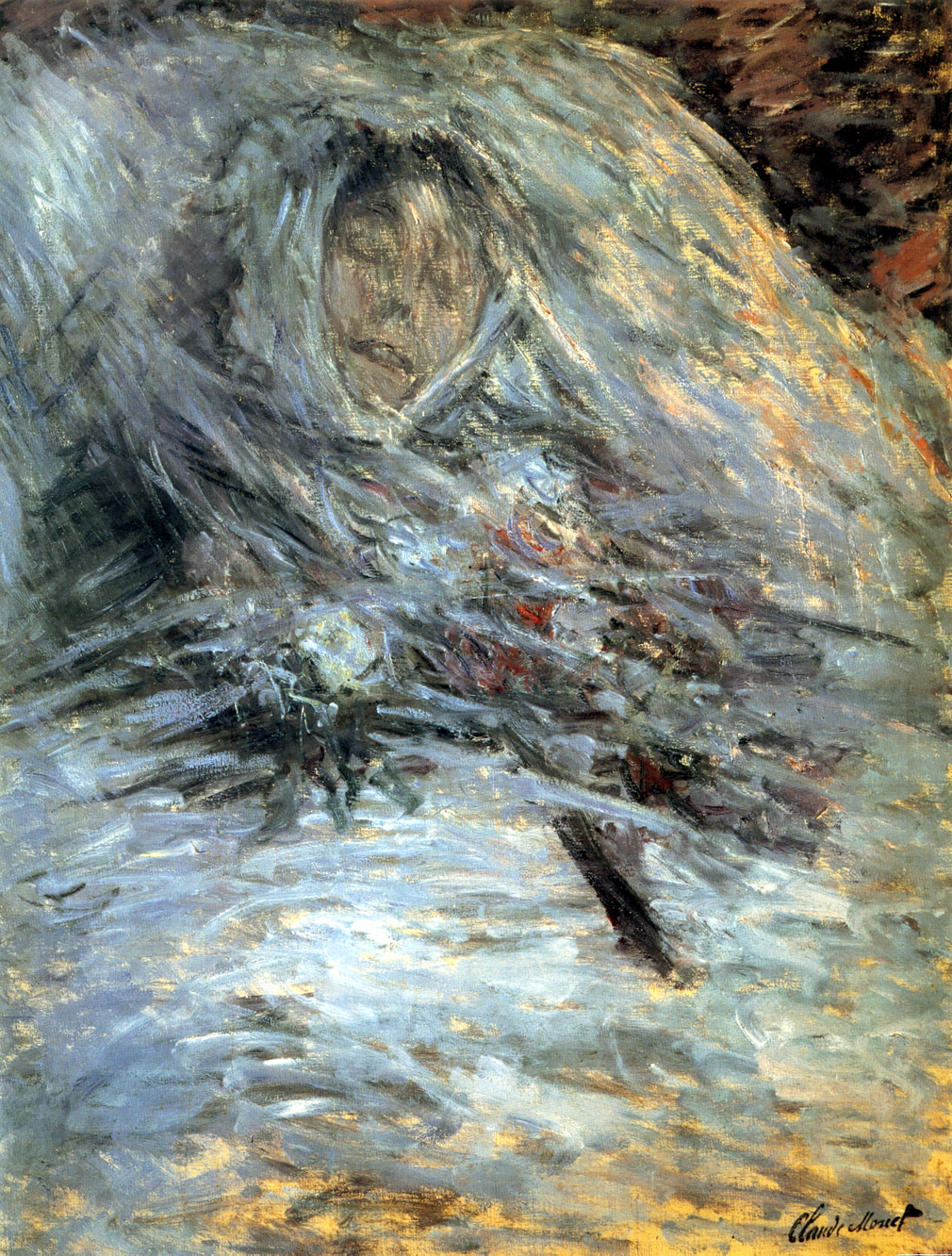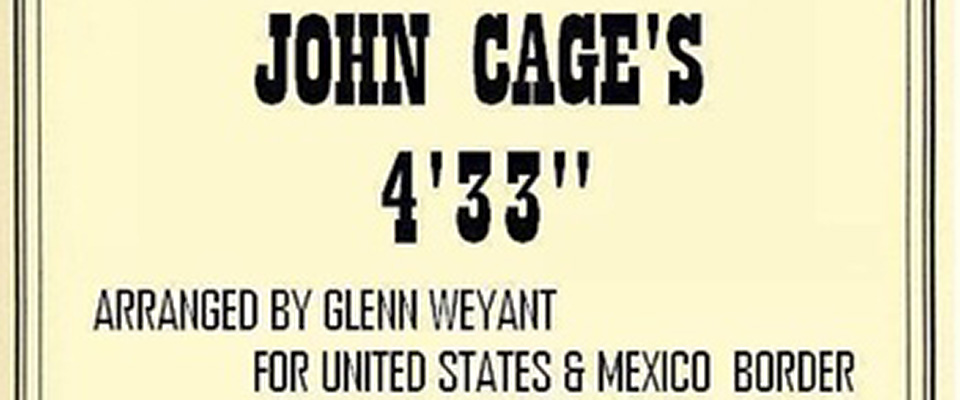Among the myriad ways to think about art is the idea of Research and Application.
If we think about another domain, say tech stuff, there are peeps around the globe atm writing putatively kewl apps for your new iPad, at least some of which you’ll be able to buy in a few weeks or a few months.
As the name “iPad App” suggests, these are “Applications.”
Also around the globe atm are lots of peeps working on alternatives to contemporary flat-screen technology. New types of phase-transition devices, retinal projectors, etc. And peeps thinking about what networked technology, networked consciousness, networked humanity means in 2010 and what it might mean in 2020 or 2050. This work, not to generate a specific product, but to explore the domain more fully, wherever that may lead, we call “Research.”
If you look at Second Life or any of our other networked social existences here in the mid-morning of the 21st century, it’s clear that we wouldn’t be here without a whole lot of folks doing a whole lot of Research AND a whole lot of folks doing a whole lot of Application development. It’s not necessarily that one is profound and one is lame, but that both are required to move technology and/or culture forward. And of course, it doesn’t have to be 100/0 or 0/100, any given activity could occupy some hybridic state of the two.

The same is true for art. An artist like Bouguereau made very pretty paintings that were very popular with the public. Works like Victorine Meurent’s Olympia, or the oeuvre of Monet didn’t initially have the same level of “useful” application, but they were far deeper research works.
Some might think that Lady Gaga’s “edgy” videos are Research, but I’m not certain they really reconsider music or culture so much as they are rather compelling Applications. By contrast, John Cage’s 4:33 is a musical composition that very few people will ever dance to, that almost no one will put on their car stereo as they drive to the beach on Saturday morning, or the dance club on Saturday night, yet, if you’re truly willing to engage a work like 4:33 it has the potential to change everything you know about music… everything you know about culture… everything you know about yourself… everything you perceive about the world we live in. 4:33 is one of the greatest masterpieces of 20th century research, even if, for many, it might fail as an application.

If someone finds a pleasingly painted rectangle, pays a little or a lot of money for it, and hangs it over their living room couch – their FL couch or their SL couch, it doesn’t matter – that’s an Art Application. So are clever or even brilliant television commercials made by astute ad peeps who plunder all the postmodern theory they learned in college in order to sell commodities.
While a great piece of Art Application might receive an initial response of “that’s so pretty,” a great piece of Art Research might receive an initial response of “what the fuck is that???”
When art asks questions, when it challenges your assumptions, when it asks you to reconsider things, to look from different angles, it may not be “easy” or seem “pretty,” but it may well be performing an important research function.
In our culture we have peeps like Doctors, Social Workers, Public Policy Makers, these peeps have the daunting tasks of solving problems. You could say that the Research Artist is lucky because she isn’t tasked with “solving” anything!
BUT
The Research Artist’s job is to ask questions. To do the meta. Whether the scenario is as small as an individual spending a year in a dead-end, destructive relationship, or as large as a nation going off to war and turning a budget surplus into the largest debt in the history of life on earth, the Research Artist’s job is to ask questions and offer perspectives up front… so before we expend so much blood, sweat, and tears running hard in one direction… we ask if our true cultural goals aren’t actually 180° from there.
The Research Artist doesn’t necessarily make pretty paintings.
The Research Artist doesn’t solve problems.
The Research Artist asks questions.
It’s the most important job I can think of.

2 thoughts on “Research & Application”